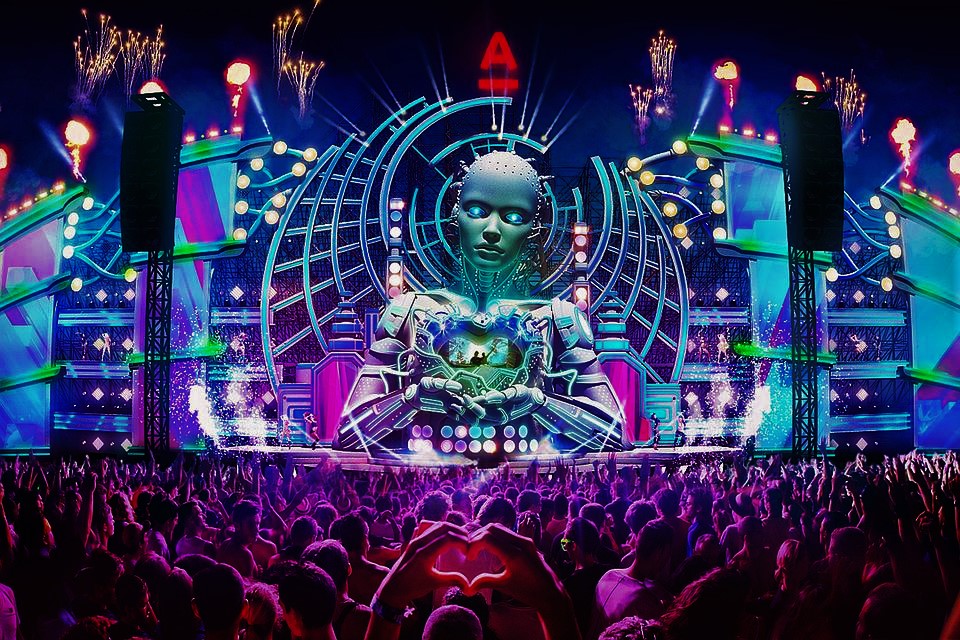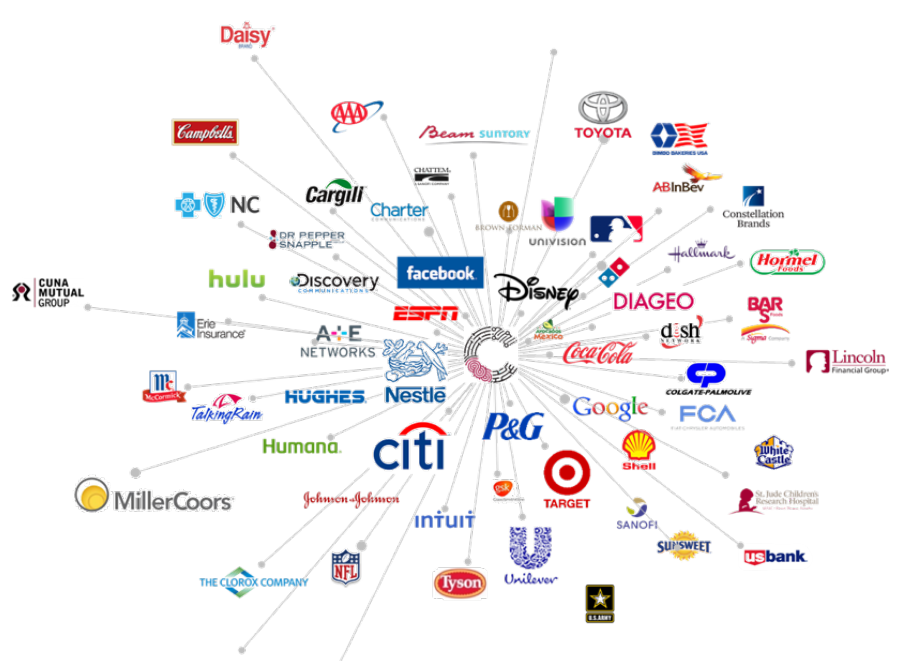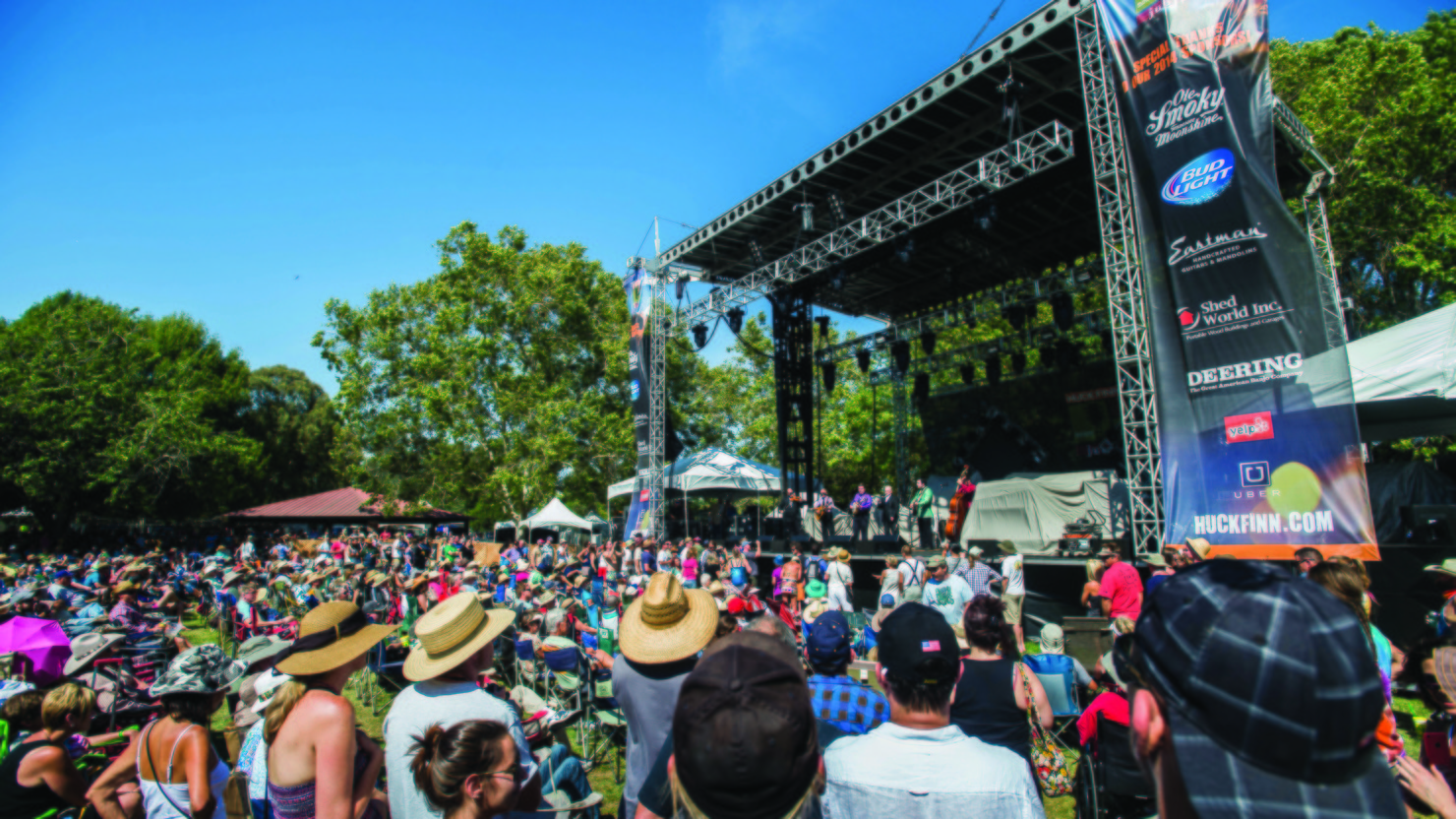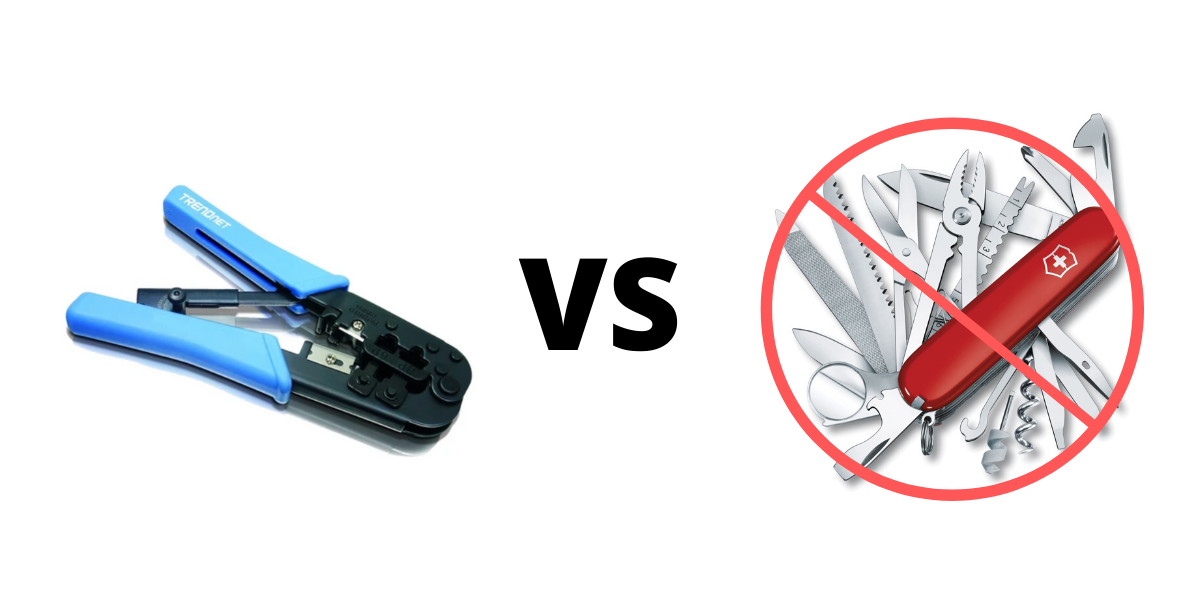
Disruptive event trends seem to emerge every day in the live event industry. Some of them turn out to be fads (remember those short-lived ‘Pokemon Go’ festival integrations?) while others can change the industry entirely (cashless payment systems and Beacon). In 2019 some of the bigger trends (check out our friends Hello Endless’ great post on this topic) included more advanced event chatbots, an interest spike in sustainable events, and an increase in event tech for accessibility. Here are some of our top event trends to watch for in 2020.

1. More sponsorship dollars for the taking
According to a recent study, most event organizers expect event sponsorship spend to trend upwards in 2020. Even better, most brands and advertising agencies view live event sponsorship as the most unique advertising channel. Let that sink in for a moment: in the digital age of everyone being constantly online and connected, brands have realized that live, in-person experiences are the best way to connect with their customers. In fact, a real, person-to-person interaction is one of the best ways to cut through the deluge of pop ups, banner ads, and other types of spam constantly bombarding their target customer demographics.
Live events are kryptonite for online advertising noise. At the end of the day, nothing digital beats the warm feeling you get from a smiling, pleasant human making a personal impression and connection. When that human being is branded or within a sponsor footprint, that warm fuzzy feeling carries over to the brand or product. Human connections create unique and memorable offline experiences that a well-integrated sponsorship can facilitate. The ROI goes well beyond an impression or sample KPI and benefits extend long after an event activation has ended.
Take a look at Event Hub’s marketplace for live event partnership opportunities.

2. Accelerated adoption of event tech
Here’s another of our top event trends that should surprise no one. Live event organizers are adopting pieces of event technology into their operations at a faster rate than ever before. A large reason for this is that event organizers and their teams are becoming more familiar with technology and apps in their everyday lives. This makes adopting event tech less scary on a personal level. For example, there are now MORE Facebook users aged 45-64, than there are aged 25-34 (Statista). Older generations — who are comfortable using their iPhones to message grandkids, share photos, and post updates — experience less friction now when learning a mobile app or website. Just a few years ago, many of them still relied on land lines and clipboards. Validating this trend, a recent study noted that close to 60% of event professionals now consider themselves to be “confident” or full-on “tech savvy” with event technology. Less than 3% consider themselves to be “reluctant users”.

3. Renewed focus on event identity
With sponsorships becoming a larger opportunity for events than ever before, the temptation exists to “sell out” for the big check and cater to individual sponsors’ wants and needs. Instead, look to partner with the sponsor to cater to the needs of your event. Recent event organizer association trade shows, like Running USA, Florida Festivals and Events Association, and International Association of Fairs and Expos, all featured educational sessions from organizers showcasing their most successful sponsorships. In every case, they showcased partnerships that naturally complemented – and in many cases seamlessly integrated – with their events. They did this without compromising their core programming and attendee experience. A great example of an integrated event sponsorship would be a marathon finish line being sponsored by a recovering drink. For another, a popular fair partnership I’ve seen was a funeral home sponsoring the arena dirt for their demolition derby!

4. Increased popularity of specialized event software vs all-in-one
In a recent discussion about event software I had with an organizer of one of the largest comic-cons in the US, we talked about how he “hates all-in-one event management platforms and prefers specialized software”. Why is that, exactly? The biggest benefit to having an all-in-one is convenience. However, banking on an all-in-one to cover all of your event management needs makes one of two VERY BIG assumptions. Either that all large events are similar enough to build one all-in-one platform as a one-size-fits-all, or that your software vendor’s all-in-one is specifically designed for your type of live event.
Committing to an all-in-one that isn’t the perfect fit can lead to more inefficiency than the convenience benefits operations for many event organizers. To illustrate this event trend with an example, picture a B2B expo with attendee registration, badges, open bar happy hours, and exhibitor booths. Now imagine how different that expo’s needs from a beach festival with cashless payments and a 21+ access-controlled beer garden. Even within B2C (consumer attended) events, the needs of a music festival will vary greatly from the needs of a fair, marathon, or food and beverage festival. What this means is that it is nearly impossible to design an all-in-one that’s a good fit for most events’ unique needs.

Image credit: Green Meeting Ninjas
5. More emphasis on sustainable events (and new opportunities because of this trend!)
Did you catch Joaquin Phoenix’s flight shaming portion of his Golden Globes Winner acceptance speech for his work on The Joker? He scorned celebrities taking private jets to Palm Springs. Flight shaming is a green movement that seems to have major legs heading into 2020, especially among the heavily sought-after millennial demographic. This could hit live event properties especially hard, according to a recent study. Travel makes up more than 70 percent of an event’s carbon footprint. The most vulnerable events to take a hit will be those dependent on a national attendee draw to hit their numbers. This is especially true for VIP ticket packages for those events, which commonly cater to those with the financial means to travel long distances. However, this also has the potential to create enormous opportunity.
A decreased focus on destination events can mean an increased focus on local and regional events and experiences. Regionally oriented festivals and other events with economically priced tickets could see demand increase. This will be a result of people seeking out live experiences trying harder to appease their conscience by attending nearby events.
The trend of promoting green initiatives throughout the event isn’t going anywhere anytime soon. Many events now require sustainability questions as part of their vendor applications. Many fairs and festivals now also require non-plastic disposables such as compostable 2oz soufflé cups be used in all vending and sampling booths. Those events typically offer those for purchase as booth extras (note: up-sale opportunity).
Conclusion
While new ideas and tech often sound exciting, they’re not necessarily a great fit for your event. Only you can make the best call on what event trends and technologies will enhance your event and fit within your team culture. If you do adopt new technology this year, make sure you have a sound onboarding plan to ensure it is integrated into your event operations flow or attendee experience. This will ensure the best chance at a high ROI. Let us know in the comments if you are tracking any trends that would’ve made a good addition to this list!





